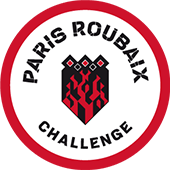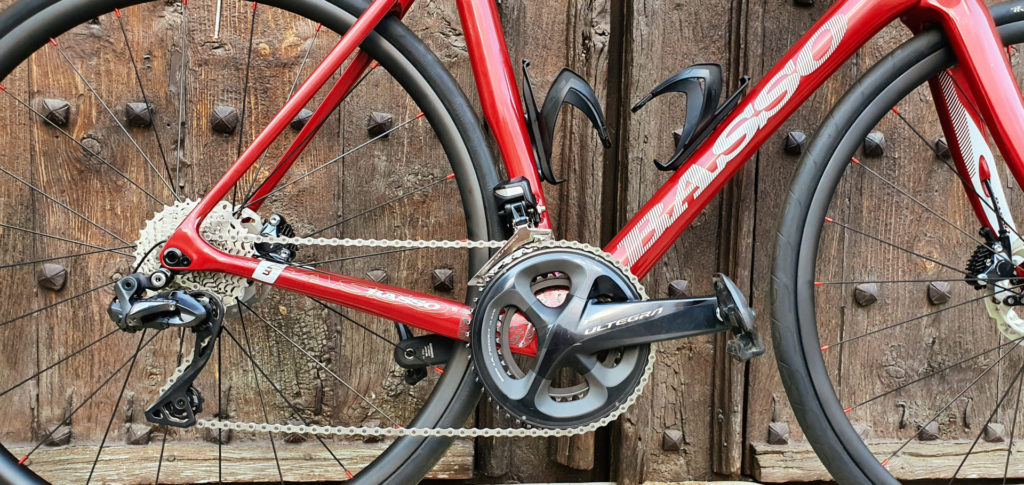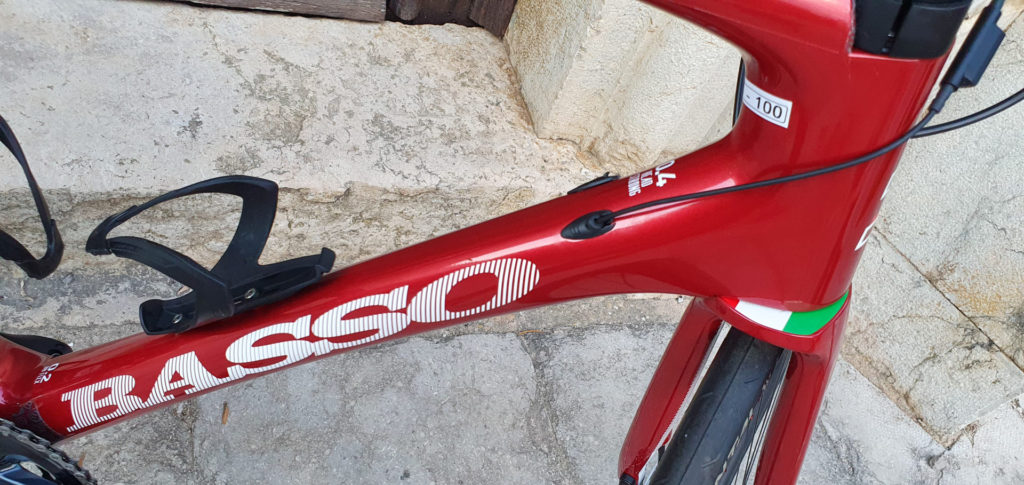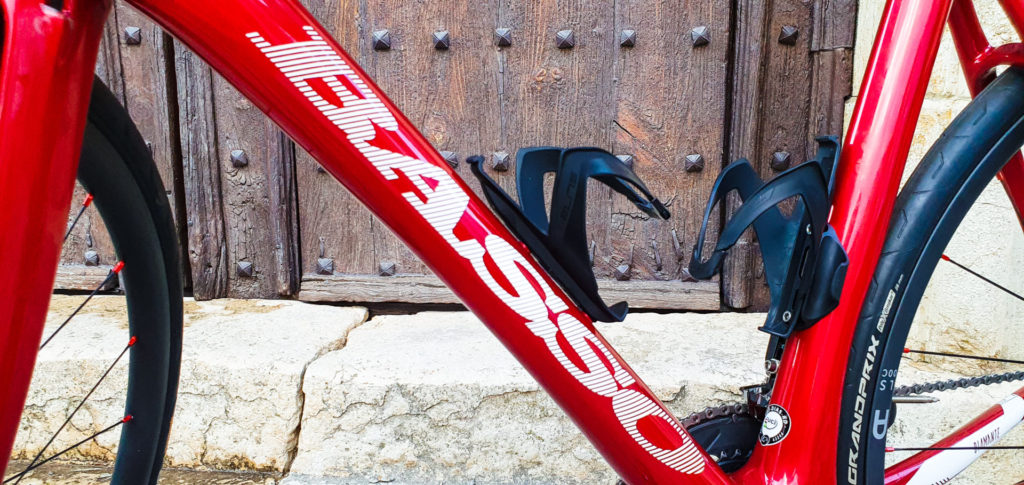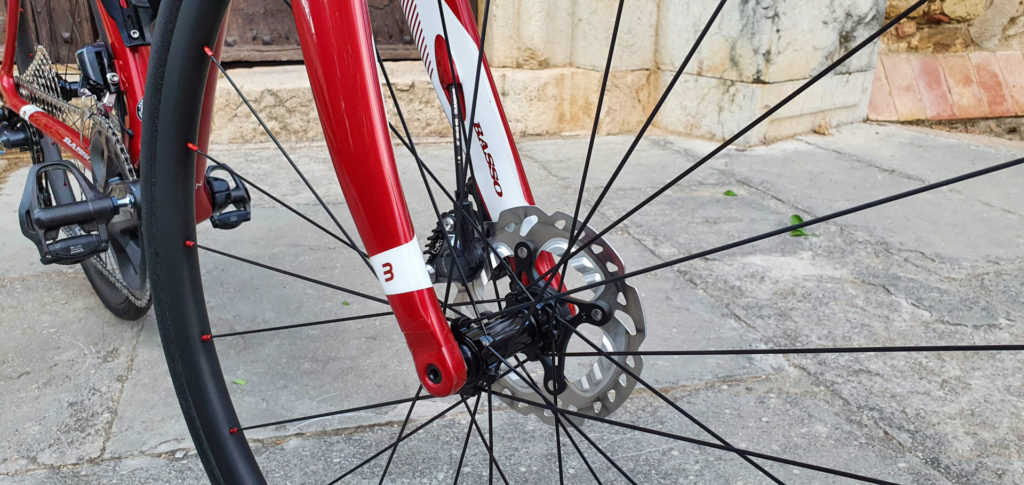Paris Roubaix
Riding Days
3
Number of Nights
2
Total Distance
70 - 172km
Total Climbing
280 - 780 metres
Difficulty
4/5
At a Glance
The Paris Roubaix or 'Hell of the North' is the Queen of the Classics and one not to miss. You'll get to test yourself on the famous 'pavé' on Saturday in the Paris Roubaix Challenge before getting to watch the pro's (both male and female) show you how it's done on the Sunday.
Paris Roubaix is one of the most prestigious races, and one of the oldest, on the cycling calendar. The course's 28 cobblestone sectors make a race of staggering difficulty. Winning Paris Roubaix makes the career of any racer.
In an action packed weekend it will be ultimate classic focus, getting to see the pro's up close and personal at the start before heading out to see them three times on the course including in the infamous 'forest of Arenberg'. All of this having ridden the cobbles yourself the previous day.
Tour Highlights
-
Asphalt
-
Cobbles
Book Tour
€780.00 – €1,220.00
Overview
Race History
Paris Roubaix is one of the five ‘Monuments’ of the professional cycling calendar. A unique event and, arguably, the toughest of the five. It features a long route punctuated by legendary pave sectors. A passionate, knowledgeable audience, the rough cobbles and some typically wild, early-season weather combine to produce a true spectacle of cycling.
Despite the name, Paris Roubaix actually starts in Compiegne, a small town about 70km northeast of Paris. Set amongst the battlefields of the two World Wars, the area is rich in history.
It wasn’t originally a cobbled classic, in fact it was a race based on the normal road surfaces of the time. It’s only since cobbles have been replaced by tarmac over much of Europe that the race took on a unique character which is not the focal point of today’s mondern race.
Much like the Tour de France, Paris Roubaix was organised in part by a newspaper, in conjunction with some entrepreneurial textile manufacturers in Roubaix. First held in 1896 and won by the German, Josef Fischer, the race became known as the “Hell of the North” after the First World War. Journalists found the area flattened as they looked for the traces of the route, and described their trip as a journey to “the hell of the north”.
The majority of the race was over cobbled roads since this was the road-building material of choice at the time. In the 1970s, the cobbles were tarmacked and the spirit of the race began to fade. However, sectors of paving are now restored and treasured by a local organisation, providing the true feel of the race. Jean-Francois Peschaux the organiser has numbered each sector and graded them according to difficulty, length, condition, and position in the race.
The most famous, and often most important sectors are Trouée d’Arenberg, Mons-en-Pévèle, Carrefour de l’Arbre and Cysoing. It is often said that the race cannot be won on Arenberg but it can be lost. The passing of the other sectors are more likely to lead to a race winning more as they equally treacherous but much closer to the finish line.
Interesting Fact: Paris Roubaix has one more winner then the number of editions. In 1949 André Mahé was the first to cross the finish line, but he was sent the wrong way when entering the Vélodrome solo. Serse Coppi who won the sprint of the peloton afterwards, protested claiming he was the one who won it the ‘right’ way. The organisers solved it by giving the victory to both of them.
Equipment and the challenge
Up until recently, the choice of equipment by the pros at Roubaix was often very different from what they would ride elsewhere. Box-section aluminum rims, shod with 25mm tubulars fitted to often custom bicycles, typically with a longer wheelbase, for added stability and comfort over the cobbles. In the recent editions of the race, deep-section carbon tubulars and regular, team edition road bikes have been more and more commonplace – a testament to the strength of modern equipment.
Over the past few years, the organizers of Paris Roubaix and the Tour de France have offered cycling enthusiasts a chance to taste the flavour of the “Enfer du Nord”.
For the weekend, we will be based in the town of St Quentin. The town is steeped in history, with some of the fiercest fighting of the First World War seen nearby. St Quentin is a relatively short transfer back from Roubaix post-event.
The Roubaix velodrome
Arguably the best of the race’s many quirks is the finish in the old outdoor Roubaix velodrome, a tradition that has been upheld since 1943.
One-and-a-half laps around the track might not be the most advisable way to end most races but is a perfect fit for Paris Roubaix, where those who do manage to finish do so in small groups spread across the race, each receiving their own round of applause by the appreciative spectators.
For riders with a taste for the archaic and traditional, there’s even still the chance to wash in the venue’s showers, famous for their rustic, open-plan design, and decorated with plaques commemorating previous legendary winners.
Climate
Gearing
Details
What's Included
*Meals are included up to a specific budget after which a supplement will be applied
What's not Included
Itinerary
Arrival at Brussels Airport. Our guides will meet you at the arrival hall and transfer you by minibus to our hotel.
Our mechanics will assemble your bikes before we head out for dinner at one of our favorite restaurants. Your tour manager will lead a briefing to give you an idea of what to expect from a weekend in St Quentin with La Fuga. Depending on arrival times, it may be possible to have a shakedown spin to check the legs and bike are running well.
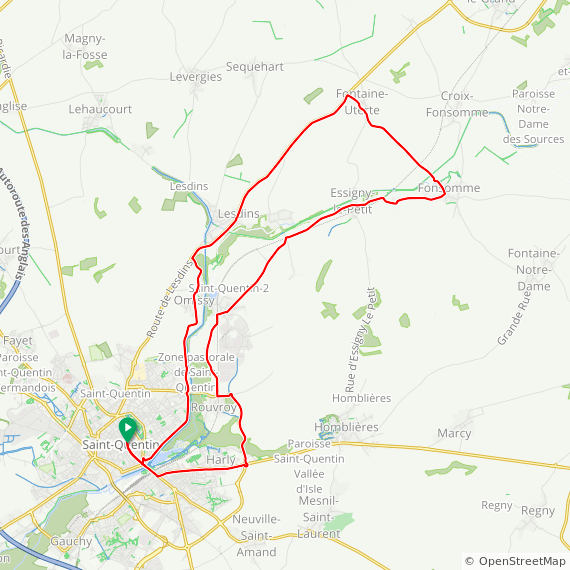

Paris Roubaix Challenge – Race Day ! Our hotel will serve an early, hearty breakfast with generous helpings to fuel the legs for the day’s efforts.
We will have a short journey to the event start in Busigny (longer for those starting the shorter distances at Roubaix) arriving with enough time to set bikes up.
Your guides will be on hand to pass on some last-minute words of wisdom and escort you to the start grids.
There are three routes to choose from:
- The full distance, 172km ride, beginning in Busigny and heading north to Roubaix, essentially the last 172km of the pro race
- 145km, starting in Roubaix and heading south to the Forest of Arenberg before following the pro route into Roubaix
- 70km, starting in Roubaix and allowing a taste of the last few sections of cobbles
All routes end at the famous Roubaix velodrome.
After a tough and enjoyable race, we’ll meet you at the finish in the Roubaix Velodrome with some cold drinks and congratulations. In recent years the World Tour Women’s Professional race has finished the same day as the Paris Roubaix Challenge, so you’ll be treated to the spectacle of the female professionals smashing it out on the cobbles and sprinting to glory on the velodrome.
Once the women’s race has finished we will then make the journey back to the hotel for celebrations and a well-earned meal.


After having suffered over the pavé to finish in the velodrome at Roubaix yesterday, today is your chance to see the top professional riders slog it out over the same sections.
We will do an easy ride to the Forest of Arenberg – arguably, the most famous section of pavé. This is where the action really hots up as there is normally some excitement and controversy as crashes on this dangerous section are a real possibility.
As soon as the race has passed through, we’ll hotfoot it back to the vehicle and chase the race as we head to the last decisive section at the Carrefour de l’Arbre. We’ll watch the race thunder by and catch the finale into the Roubaix Velodrome on the TV screens set up by the roadside.
After catching all the action we’ll make the short journey to drop you back the train station/airport where you can enjoy your journey back home after an action packed weekend in the Hell of the North.
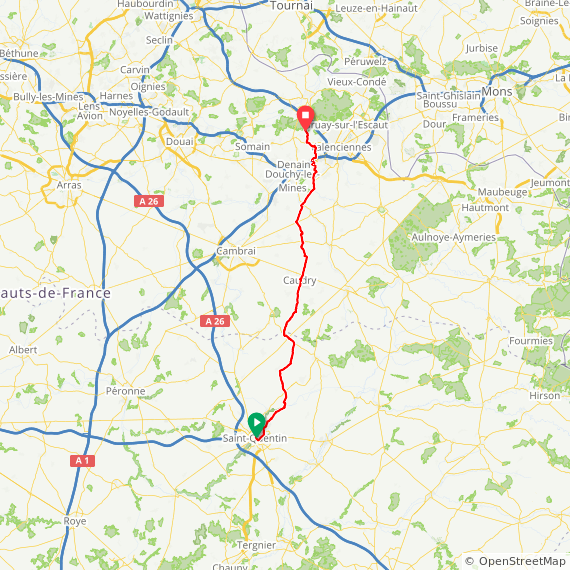

Accommodation
Set in a 19th-century mansion close to the centre of Saint Quentin, Hotel ibis Saint Quentin Basilique is the ideal base for a weekend’s riding in this part of France.
The hotel ibis Saint Quentin Basilique offers views of the Basilica, we will have an enjoyable stay at this historical corner for our Roubaix Weekend.
Saint Quentin itself is a market town of around 50,000 people and was the site of fierce fighting during both World Wars. Many historic buildings either survived or have been restored and the town has a bustling centre.
Our location here allows for easy access to the start and finish of the sportive on Saturday.

